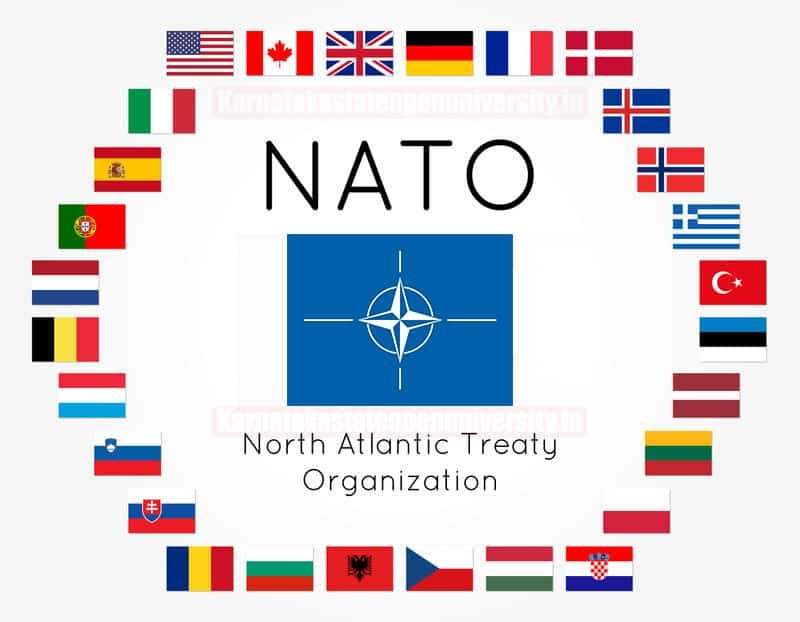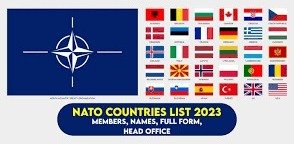NATO Countries: An Overview of Member Nations
In the realm of international relations and defense, NATO (North Atlantic Treaty Organization) holds a paramount place. Established in 1949, this military alliance has significantly influenced global geopolitics and the security landscape. As aspirants preparing for various government exams, including positions in teaching, police, banking, railways, defense, and civil services like PSCS to IAS, it is essential to understand the significance and composition of NATO countries.
NATO is a collective defense pact, emphasizing the principle of “an attack against one is an attack against all.” This article delves into the importance of knowing NATO member countries, offers historical context, and provides five key takeaways for exam preparation.

Why this News is Important:
- Collective Security: Understanding NATO’s member countries is pivotal for students aspiring for defense or international relations positions. It highlights the significance of collective security.
- Global Geopolitical Impact: NATO plays a crucial role in global geopolitics. It is vital for civil service aspirants to comprehend its dynamics and implications.
- Strategic Alliances: Policymakers and officers in various sectors must grasp the alliances and strategic partnerships NATO fosters.
Historical Context:
NATO was founded in 1949 in response to the post-World War II security landscape. The primary aim was to counter the expansion of the Soviet Union and ensure collective defense among Western nations. Over the years, it has evolved to address new challenges and security concerns.
Key Takeaways from “NATO Countries List”:
| Serial Number | Key Takeaway |
|---|---|
| 1 | NATO comprises 30 member countries. |
| 2 | The United States is a key member, contributing significantly to NATO’s strength. |
| 3 | Member nations commit to spending at least 2% of their GDP on defense. |
| 4 | Article 5 of the NATO treaty stipulates collective defense in case of an attack on any member. |
| 5 | NATO has adapted to include new challenges like cyber threats and hybrid warfare. |
Important FAQs for Students from this News
Q1: What is the significance of NATO for government exam aspirants?
A1: NATO is crucial for aspirants as it impacts international relations, defense, and geopolitics, which are important exam topics.
Q2: How many member countries are there in NATO?
A2: NATO comprises 30 member countries as of the latest update.
Q3: Why is the 2% GDP defense spending commitment important for member nations?
A3: This commitment ensures NATO’s collective defense capability and is often discussed in exams related to defense budgets.
Q4: What is Article 5 of the NATO treaty, and why is it significant?
A4: Article 5 stipulates collective defense, meaning an attack on one member is considered an attack on all, and understanding its importance is vital for exams.
Q5: How has NATO evolved to address emerging security challenges?
A5: NATO has adapted to tackle cyber threats and hybrid warfare, which is crucial information for exams focusing on contemporary security concerns.
Some Important Current Affairs Links


















